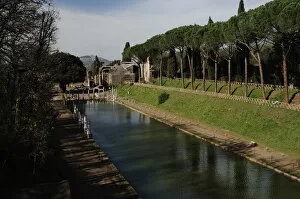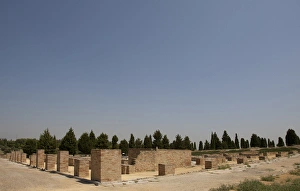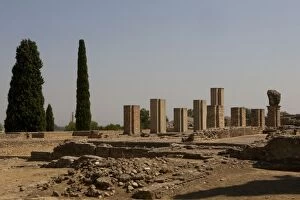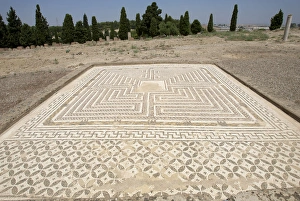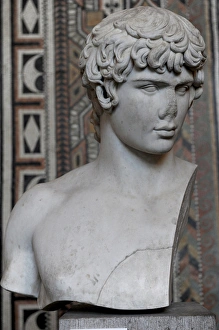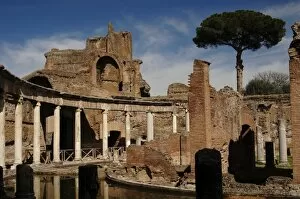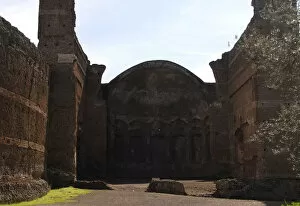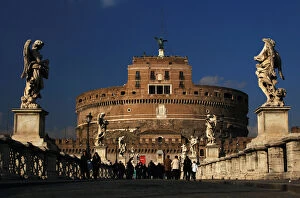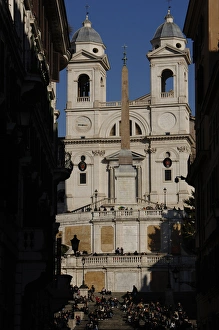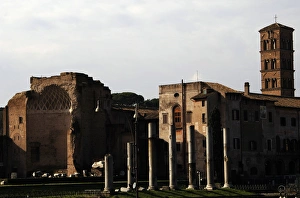Hadrian Collection (page 8)
Hadrian, the renowned Roman Emperor, left an indelible mark on history with his grand architectural projects and strategic military campaigns
All Professionally Made to Order for Quick Shipping
Hadrian, the renowned Roman Emperor, left an indelible mark on history with his grand architectural projects and strategic military campaigns. One of his most iconic creations is Hadrian's Wall, a monumental fortification that stretches across northern England. This awe-inspiring structure stands tall even today, showcasing the engineering prowess of ancient Rome. As you wander along this historic wall, you'll encounter breathtaking sights like Sycamore Gap - a picturesque location where a solitary Sycamore tree gracefully frames the landscape. The tranquility here is palpable as you reflect upon the significance of this boundary marker. Traveling further south to Rome, Italy, one cannot help but marvel at another masterpiece attributed to Hadrian – the Pantheon. Its majestic dome dominates the cityscape and offers visitors an enchanting night view that leaves them in awe of its timeless beauty. Inside this architectural wonder lies evidence of Roman artistry – intricate sculptures such as "Boy with Horse, " possibly depicting Castor or Iphicles. These masterpieces transport us back in time and remind us of the artistic legacy left by Hadrian's reign. Venturing beyond Rome's borders takes us to Athens, Greece where we find yet another testament to Hadrian's vision – Hadrian's Library. Created under his patronage during his visit to Greece, it served as a center for knowledge and learning during ancient times. Back in England along Hadrian's Wall lies Birdoswald Roman Fort - a site steeped in history that allows visitors to immerse themselves in Roman military life while gazing at stunning vistas over rugged landscapes. The impact extends far beyond physical structures; he was also known for fostering cultural exchange between different regions within his vast empire. His reign witnessed advancements in literature, philosophy, and architecture that continue to inspire generations even today. Whether it be exploring remnants of ancient civilizations or admiring magnificent feats of engineering like Pantheon or Hadrians Wall, Hadrian's legacy lives on.


